Poverty in Bangladesh Rises to 27.93%
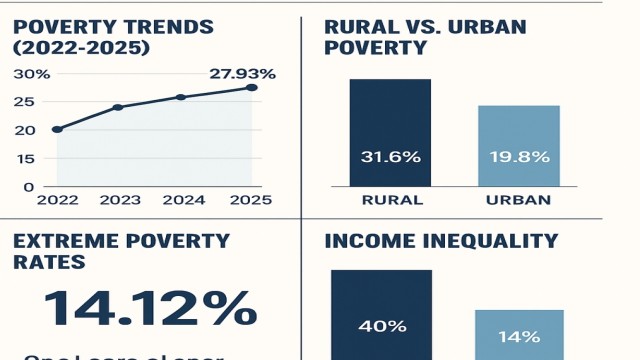
The country is facing a deepening economic challenge as a fresh national survey by the Power and Participation Research Centre (PPRC) reveals that 27.93 percent of the country’s population now lives below the upper poverty line, while 9.3 percent remain trapped in extreme poverty. The report of survey was revealed on LGED Auditorium in Dhaka.
The results were uncovered during a dissemination event. The survey was tiled under "State of the Real Economy: Household Realities and Policy Options Towards Strengthening Economic Democracy," The programme was arranged by the finance ministry’s commission through a competitive selection process, under this survey 8,067 households from all 64 districts of the country are taken.
The report points out a worried picture of change , that presenting the overall poverty rate has risen by almost 9.35 percentage. Comparing to 2022, just three years back. Whipping much of the progress made before the pandemic. Extreme poverty has almost doubled within this period, commencing that a large number of the population is failing to ensure even the most basic necessities, including food, housing, and healthcare.
In addition, Economists attribute this wave of fixed inflation, averaging 9.4 percent nationwide, coupled with job creation that has failed to match the needs of a growing population of over 170 million.
Rural position in country is under the greatest clasp with 31.6 percent of villagers in poverty line compared to 19.8 percent in urban areas. Much depend on agriculture and informal work which together employ over 55 percent of the rural workforce has left these communities more vulnerable to income shocks and unstable earnings. On the other hand, urban centres have benefitted from stronger industrial growth and more diversified employment opportunities, but rising prices and wage stagnation continue to challenge urban households as well.
The Commission also highlights another pivotal matter that increasing income gap between the rich and the poor. The most top 10 % of earners now control nearly 40 % of the nation’s income, while the bottom 40 % collectively hold just 14 %. Soaring food prices, up 12.7 % year-on-year, combined with stagnant wages, have forced nearly 27 % of low-income families into debt simply to meet basic expenses. Alarmingly, 22 percent of surveyed households reported cutting meal portions or skipping meals altogether, underscoring the severe strain on household food.
Job creation challenges remain central to the poverty crisis. Meanwhile, the official inaction rate stands at 5.7 percent, This affects nearly 19 percent of the workforce, mainly in rural areas. Most of the women remain at a difficulty with female labour force take part at just 38 percent, reflecting systemic barriers to income generation. Experts emphasize the urgent need to extend vocational training, strengthen small and medium-sized enterprises (SMEs), and ensure broader access to formal job markets to help restore financial sustainable .
Decision maker are calling for currently intervention to contain the crisis. Enhancing social safety net programs, which currently cover only 27 percent of poor households, Sustaining food and energy prices, investing in rural infrastructure, and ensuring better access to education and healthcare are also considered critical to reducing disparities between city and rural area. Apart this decisive action, experts warn, the growing economic divide could threaten social stability and long-term development prospects.
However down falling statistics, most of the economists believe that still Bangladesh has the capacity to recover. With $465 billion GDP, by expanding digital economy, and a increasing consumer market, opportunities for revival remain strong provided policies focus on inclusivity and sustainability. However, that failure to act swiftly could undermine the country’s ambitions.






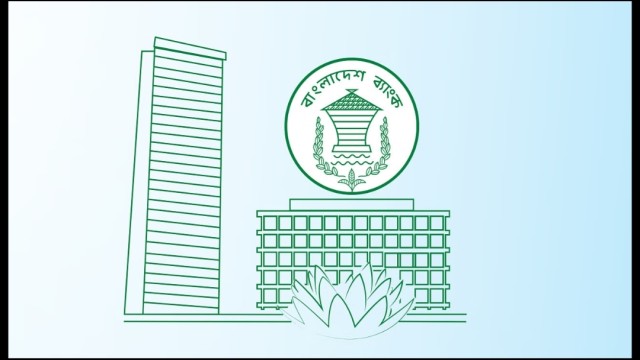
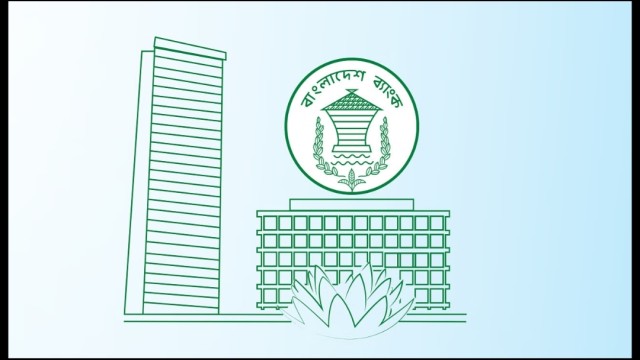
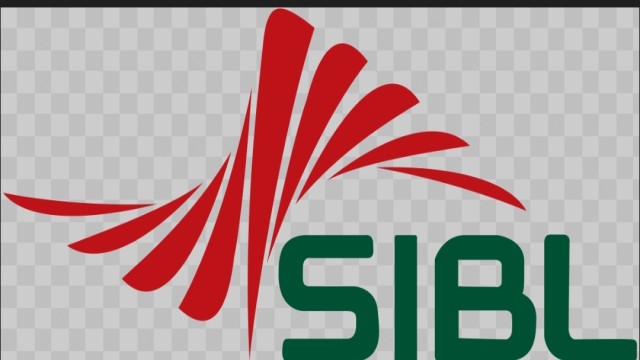
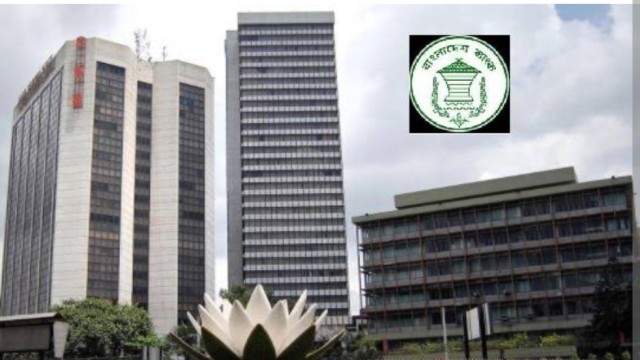

Please comments here: